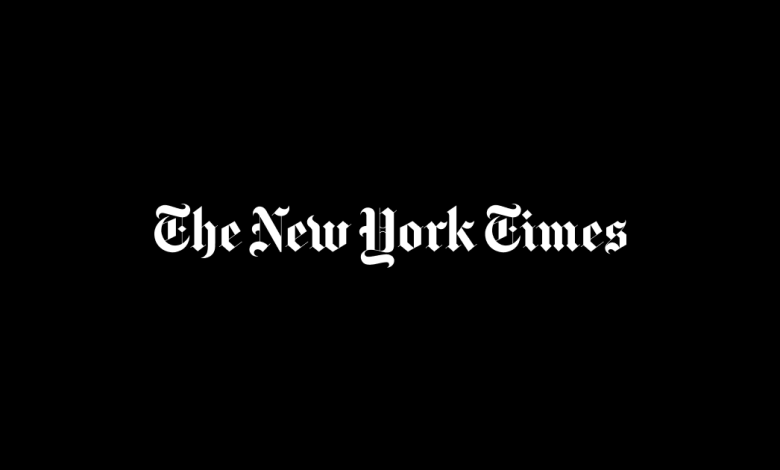Wages Climb Rapidly, Defying Fed’s Hopes for a Slowdown

Wage growth picked up in April, good news for American workers but bad news for officials at the Federal Reserve, who have been hoping to see a steady moderation in pay gains as they try to wrestle inflation back under control.
Average hourly earnings climbed by 4.4 percent in the year through April. That compared with 4.3 percent in the previous month, and was more than the 4.2 percent that economists had expected.
The increase in wages compared with the previous month — at 0.5 percent — was the fastest since March 2022.
The hourly earnings measure can bounce around from month to month, so it is possible that the April jump is a blip rather than a reversal in the trend toward cooler wage gains. Even so, the data underscored that the Fed faces a bumpy road as it tries to slow the economy and bring inflation under control.
Fed officials are closely watching the pace of wage growth as they try to assess how quickly inflation is likely to fade. While officials regularly acknowledge that wage gains did not initially cause rapid price increases, they worry that it will prove difficult to return inflation to normal with pay gains rising so rapidly.
Companies may charge more in order to cover their climbing labor costs. And when households are earning more, they are more capable of keeping up with higher expenses without pulling back their spending — enabling businesses to charge more for hotel rooms, child care and restaurant meals without scaring away consumers.
The Fed has raised interest rates at the fastest pace since the 1980s starting from March 2022. Officials this week lifted borrowing costs to just about 5 percent and signaled that they might pause their rate moves as soon as their June meeting, depending on incoming economic data.
Jerome H. Powell, the Fed chair, noted during his news conference this week that wage growth has remained strong, and the solid job market is one reason the Fed would likely keep rates high “for a while” as it tries to wrestle inflation, which remains above 4 percent, back to the central bank’s 2 percent goal.
“Right now, you have a labor market that is still extraordinarily tight,” he said, noting that a more dated wage figure released last week was “a couple percentage points above what would be consistent with 2 percent inflation over time.”




